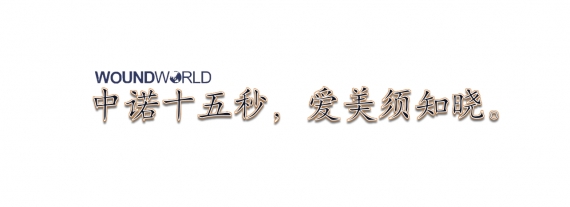Introduction
The skin serves as the body’s primary barrier against environmental stressors. There are two main types of skin aging: intrinsic (natural or chronological) aging, which occurs inevitably within the body, and extrinsic (photoaging), which is caused by external factors like environmental pollution, UV light, and lifestyle (alcohol, smoking, etc.). Further, extrinsic aging accelerates skin damage by increasing reactive oxygen species (ROS) and activating enzymes that degrade essential skin components, leading to wrinkles, sagging, laxity, roughness, and loss of elasticity [1–6].
The skin is composed of three layers: the epidermis, dermis, and subcutaneous tissue [3, 6]. The dermis is made up of proteins in the extracellular matrix, including collagen (~28 types), elastin, and proteoglycans [6]. Collagen and elastin are key proteins in the extracellular matrix found in connective tissues, particularly in the skin, providing structural support and stability [3], and holding high levels of moisture, which keeps the skin elastic, strong, and hydrated, supported by substances like hyaluronic acid Type I collagen makes up 90%, while type III collagen makes up 10% of these proteins [6]. Thus, healthy skin is characterized by flexibility and resilience, featuring well-structured rete ridges, abundant collagen, and numerous elastic fibers [3]. In contrast, aging skin undergoes thinning of the epidermis, reduced hydration, breakdown of collagen and elastic fibers, accumulation of modified extracellular matrix components, and slower cell regeneration [7, 8].
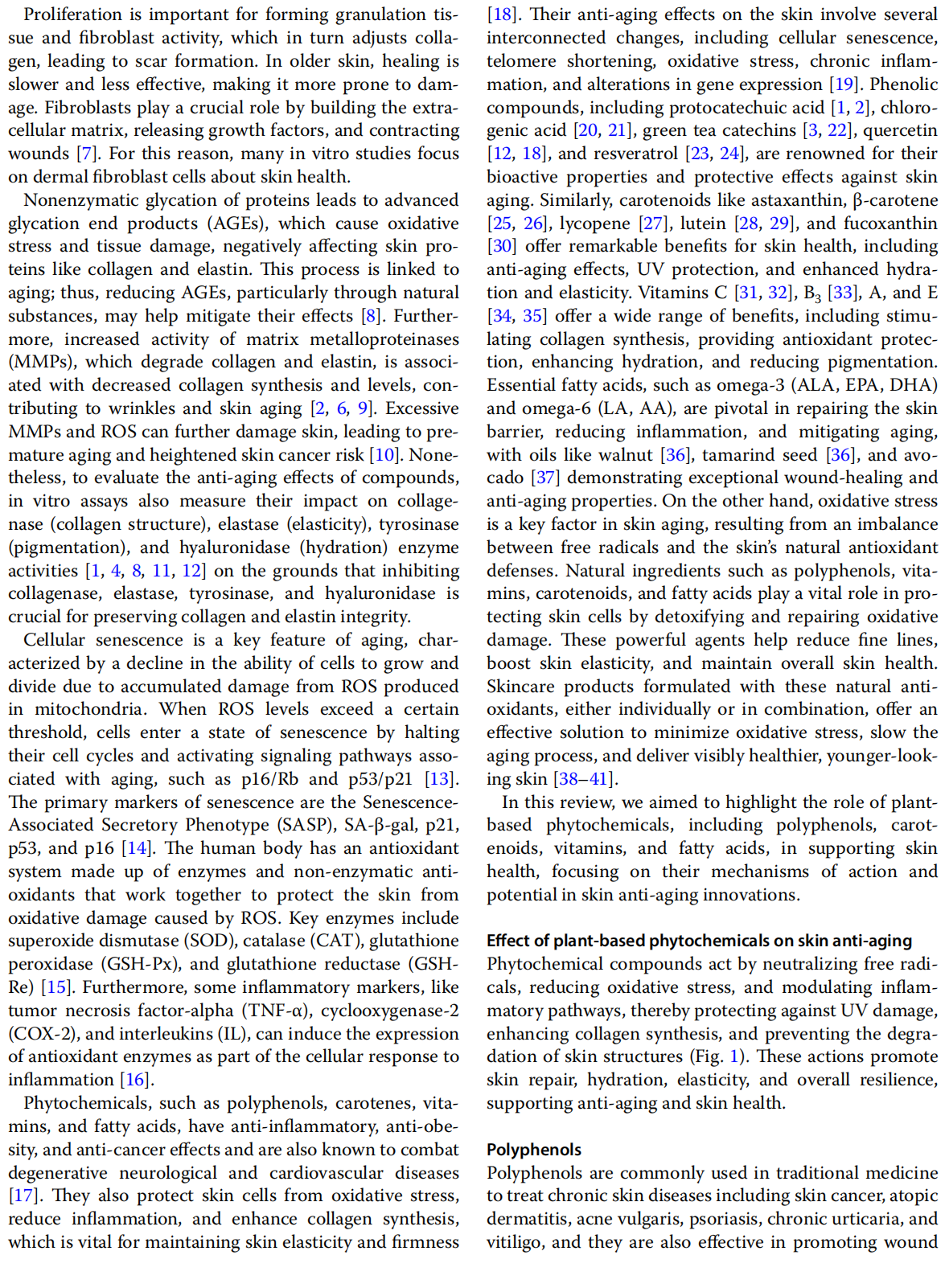
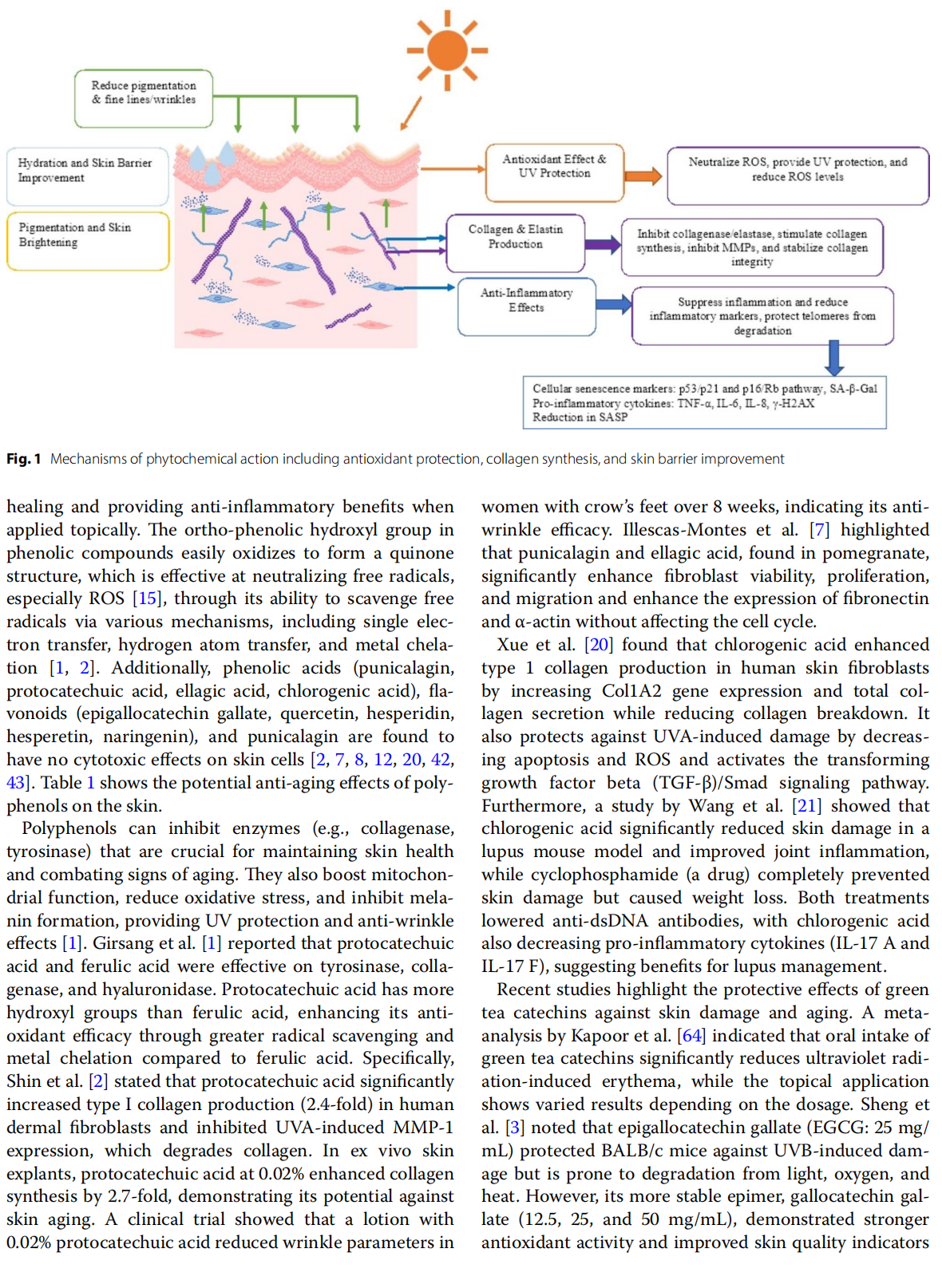
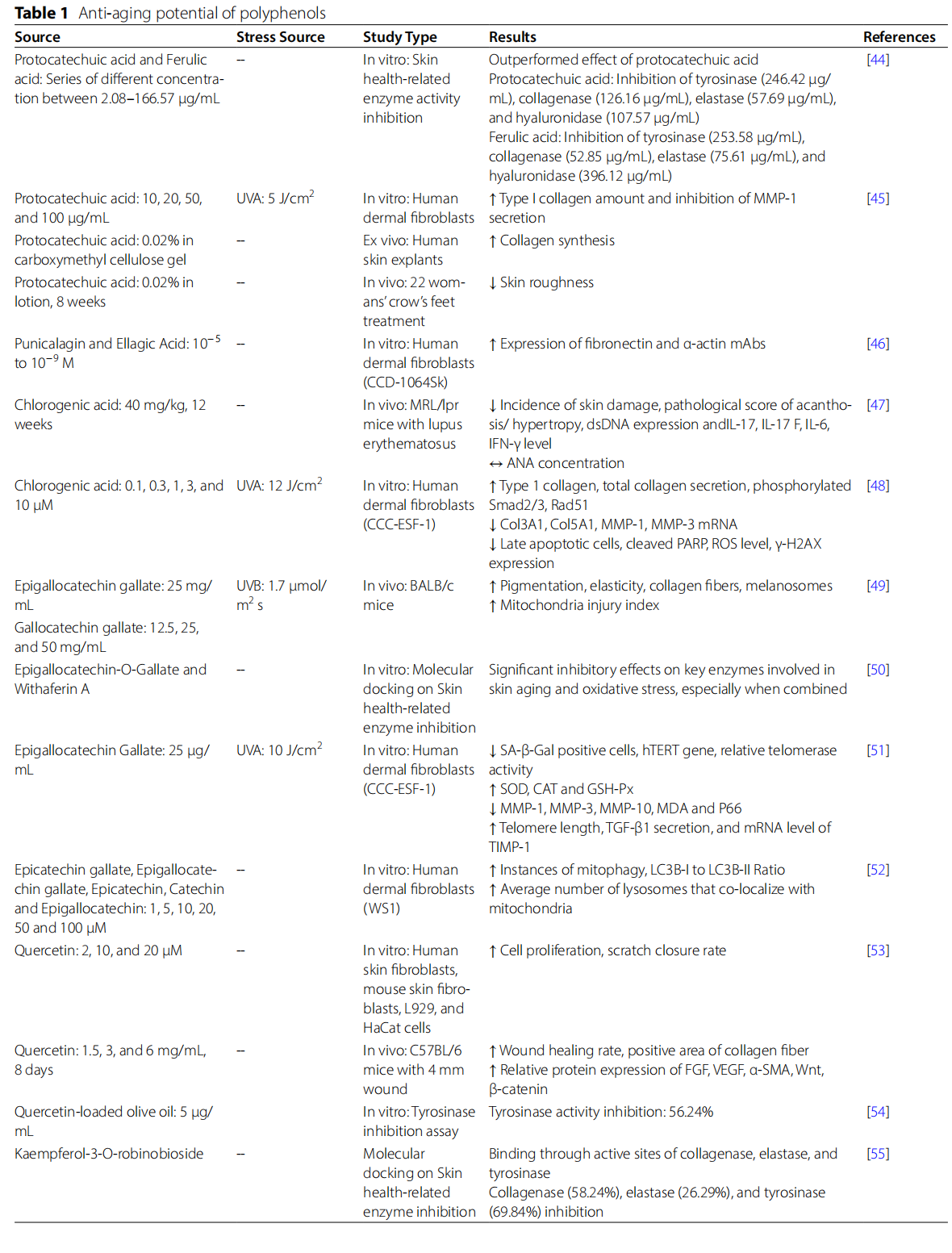
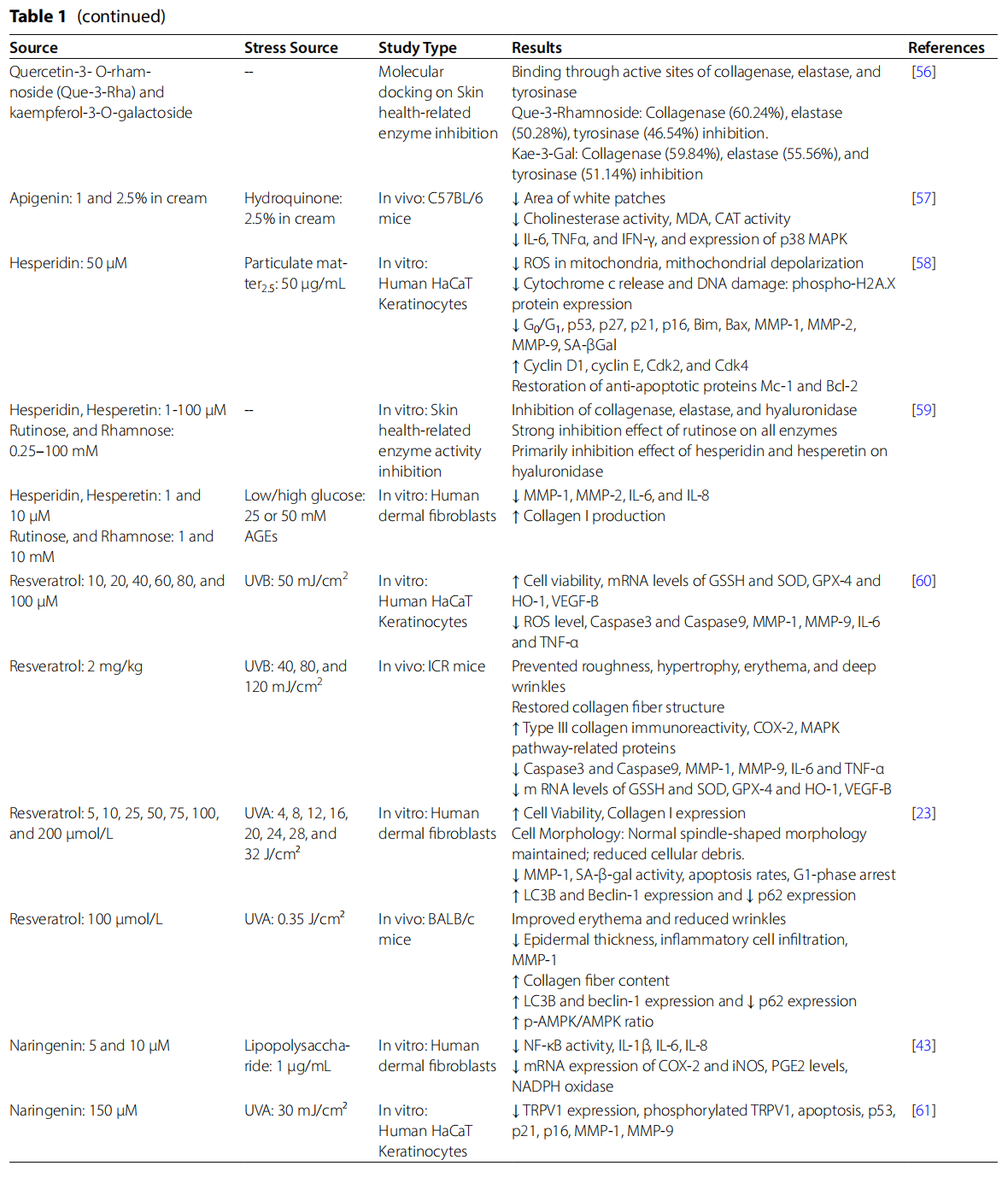
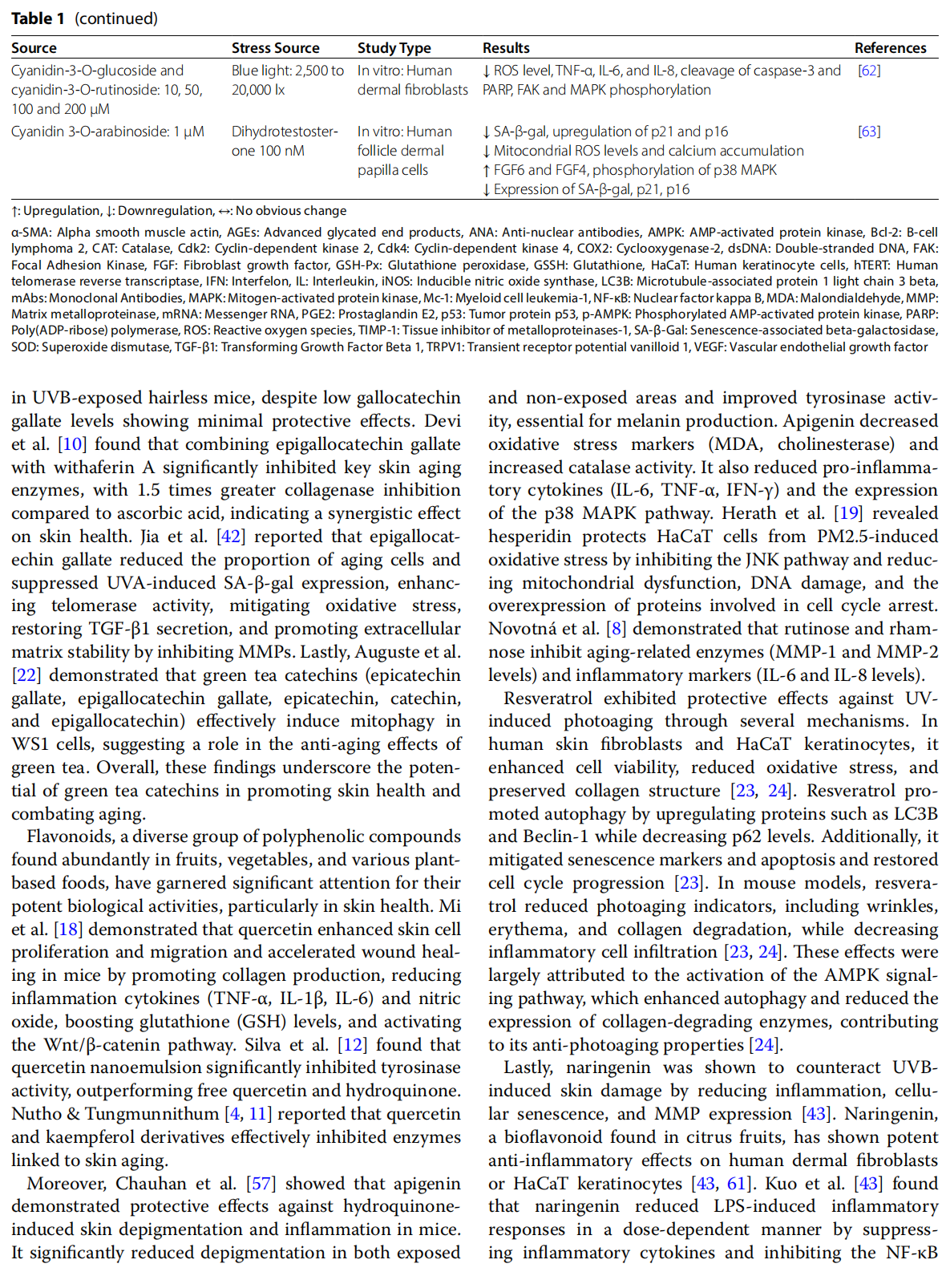
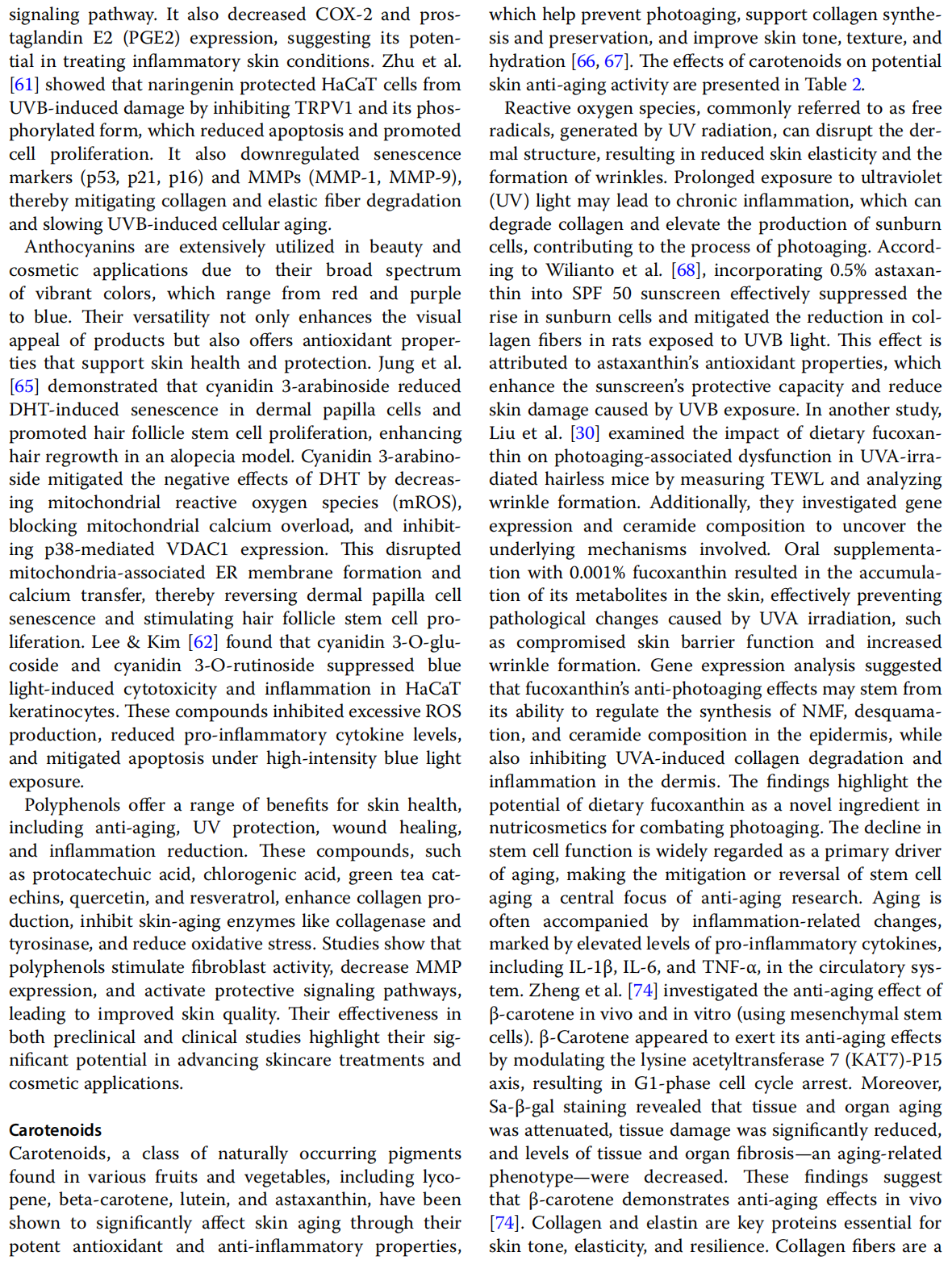
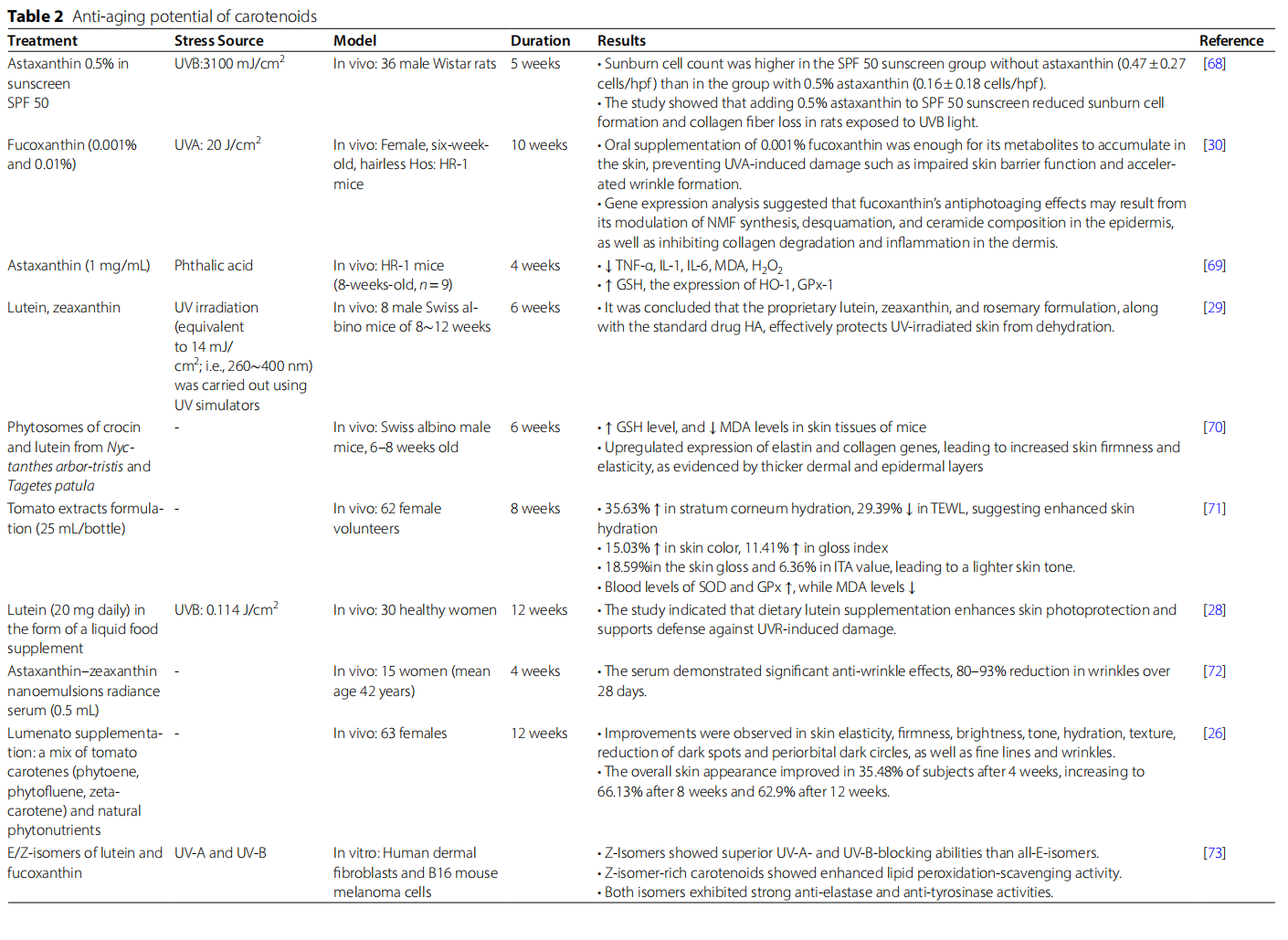

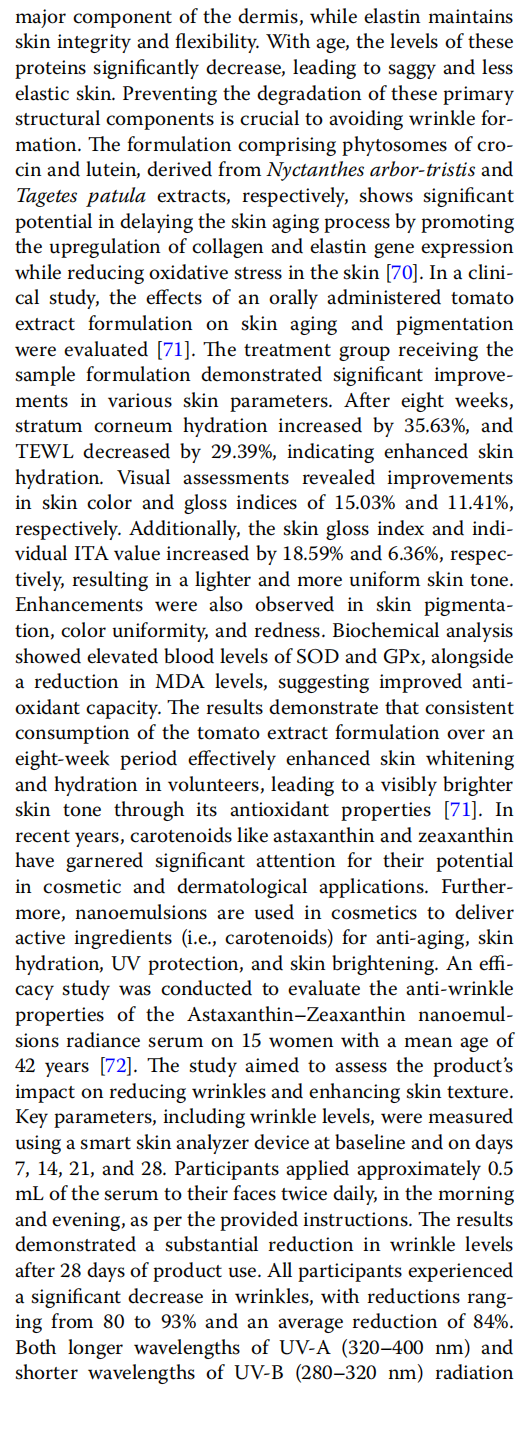
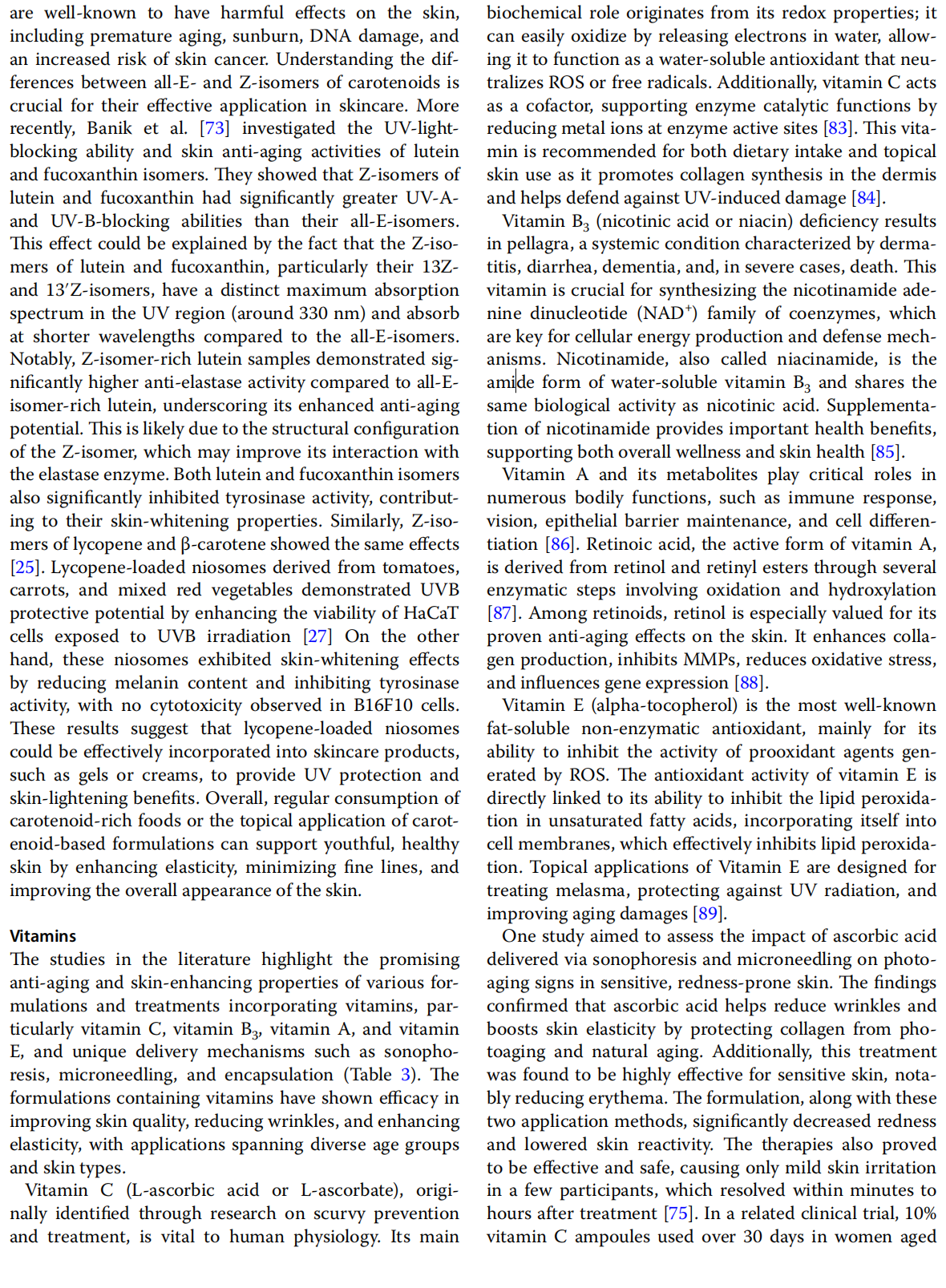
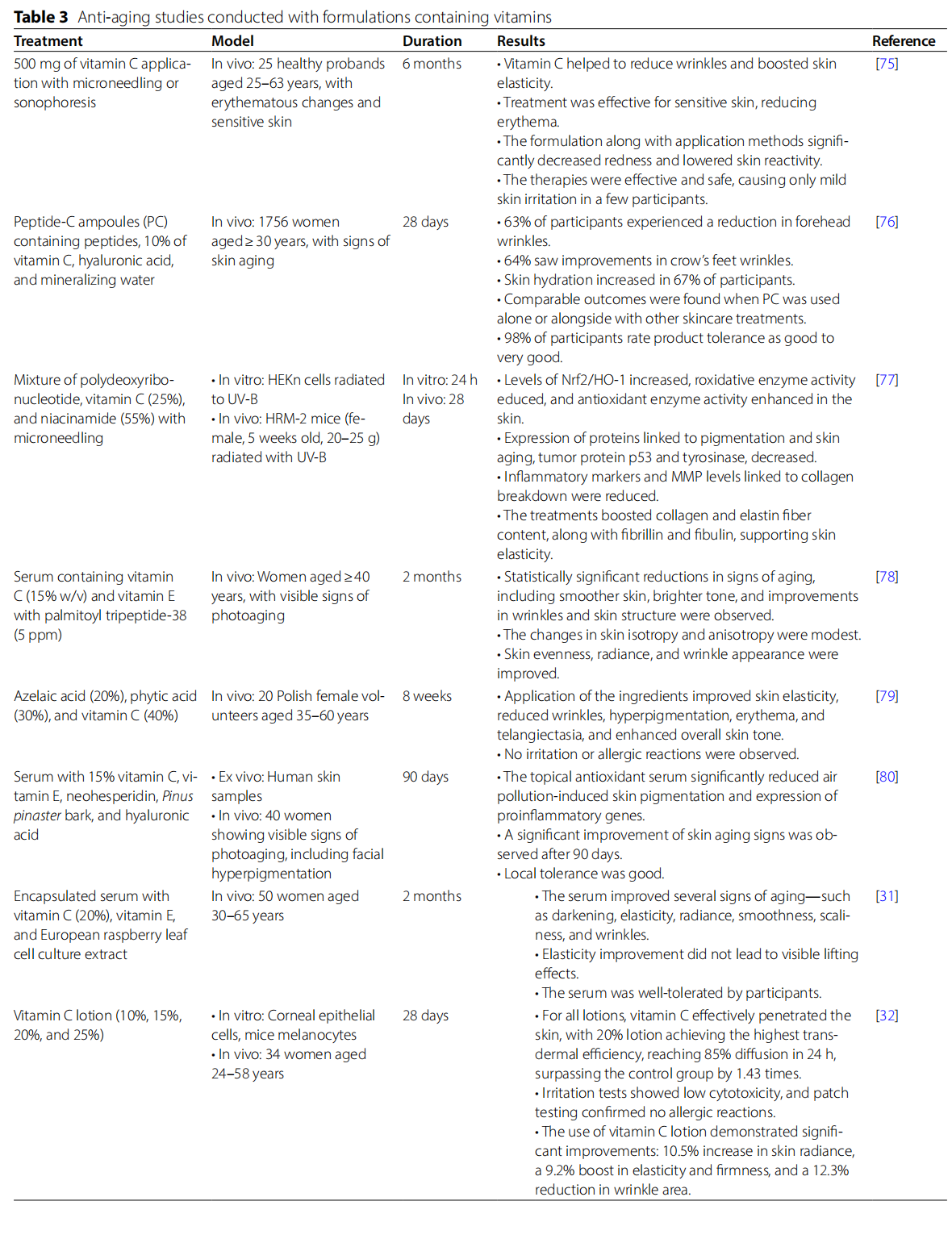
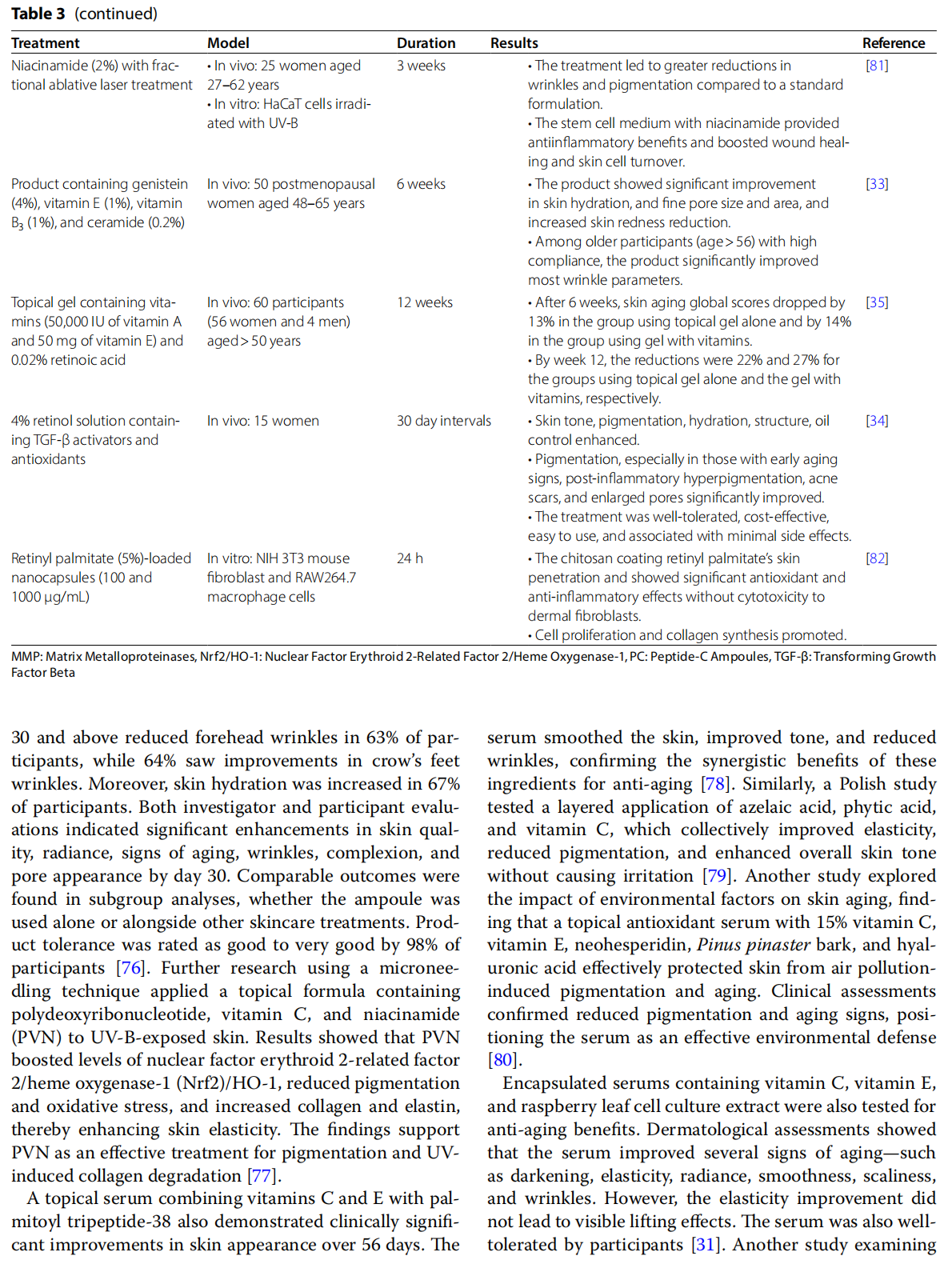
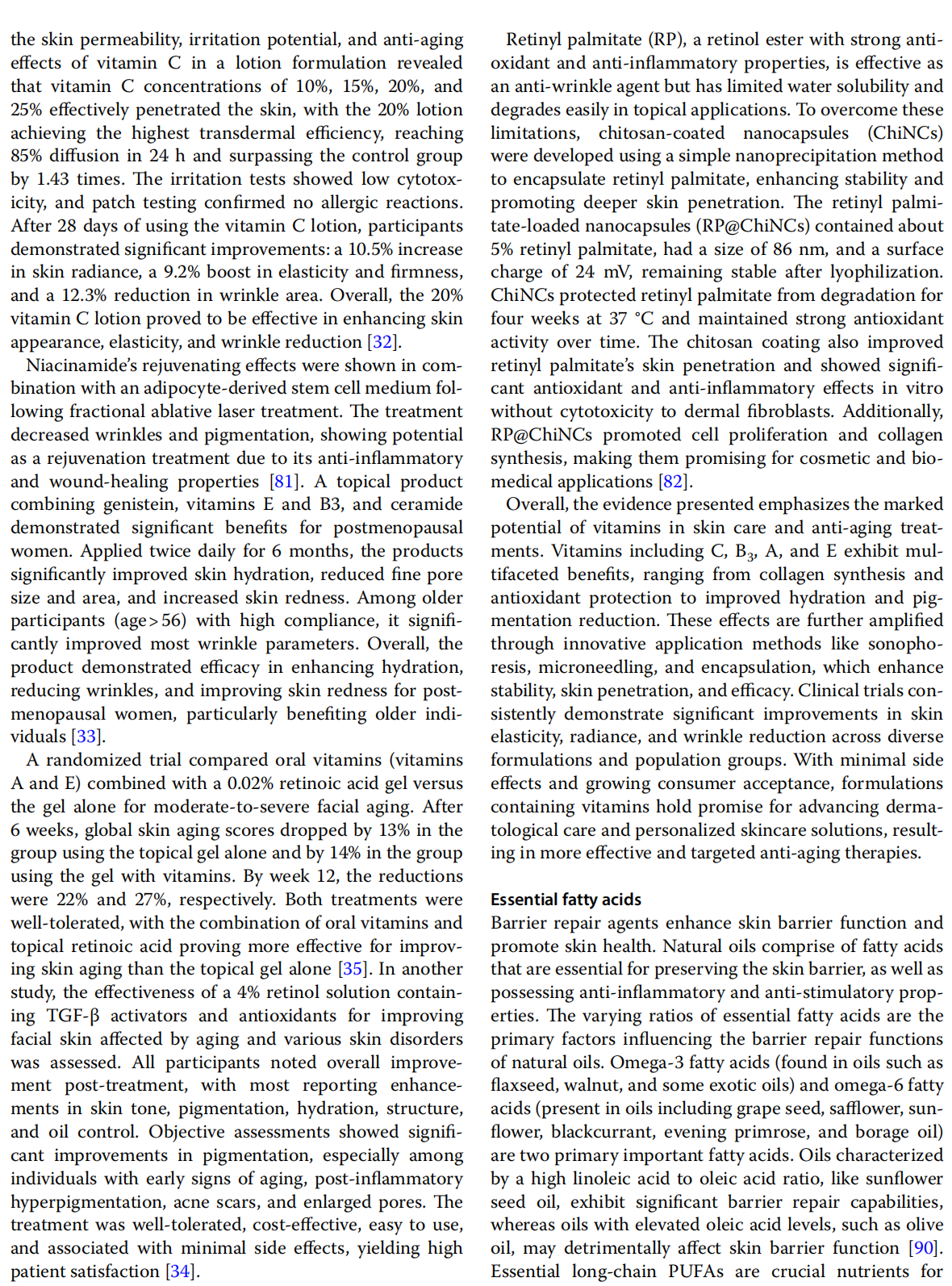
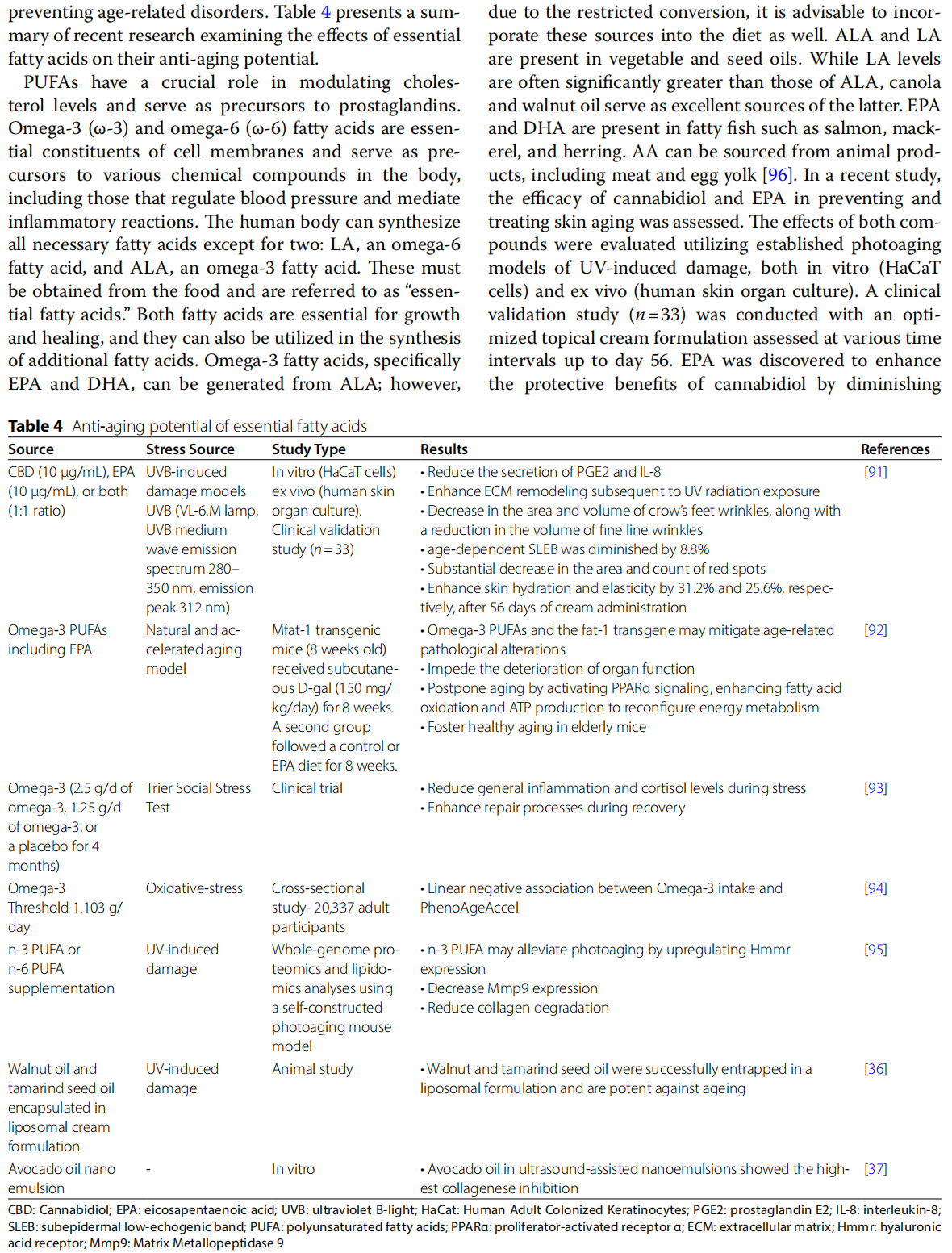
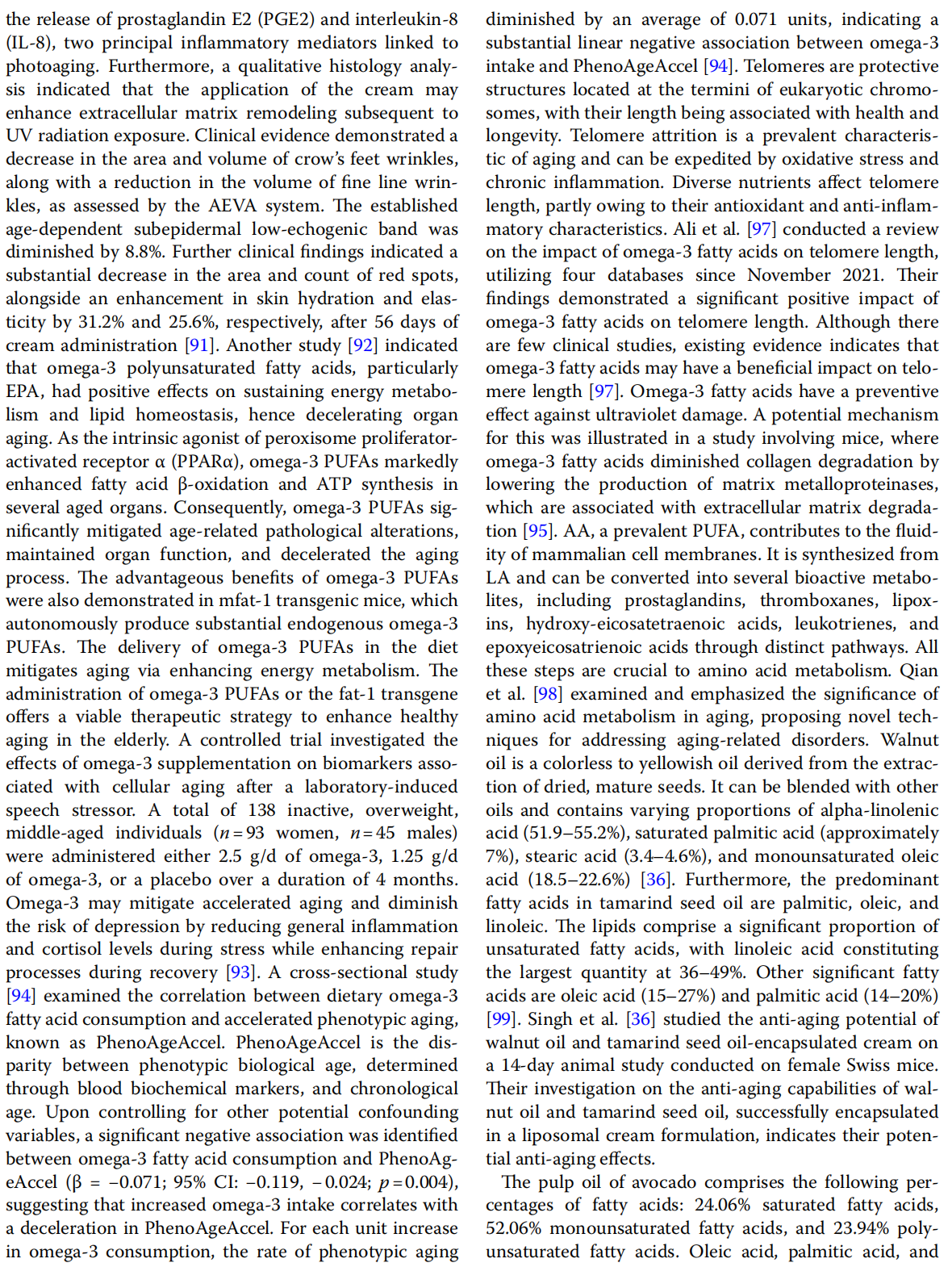
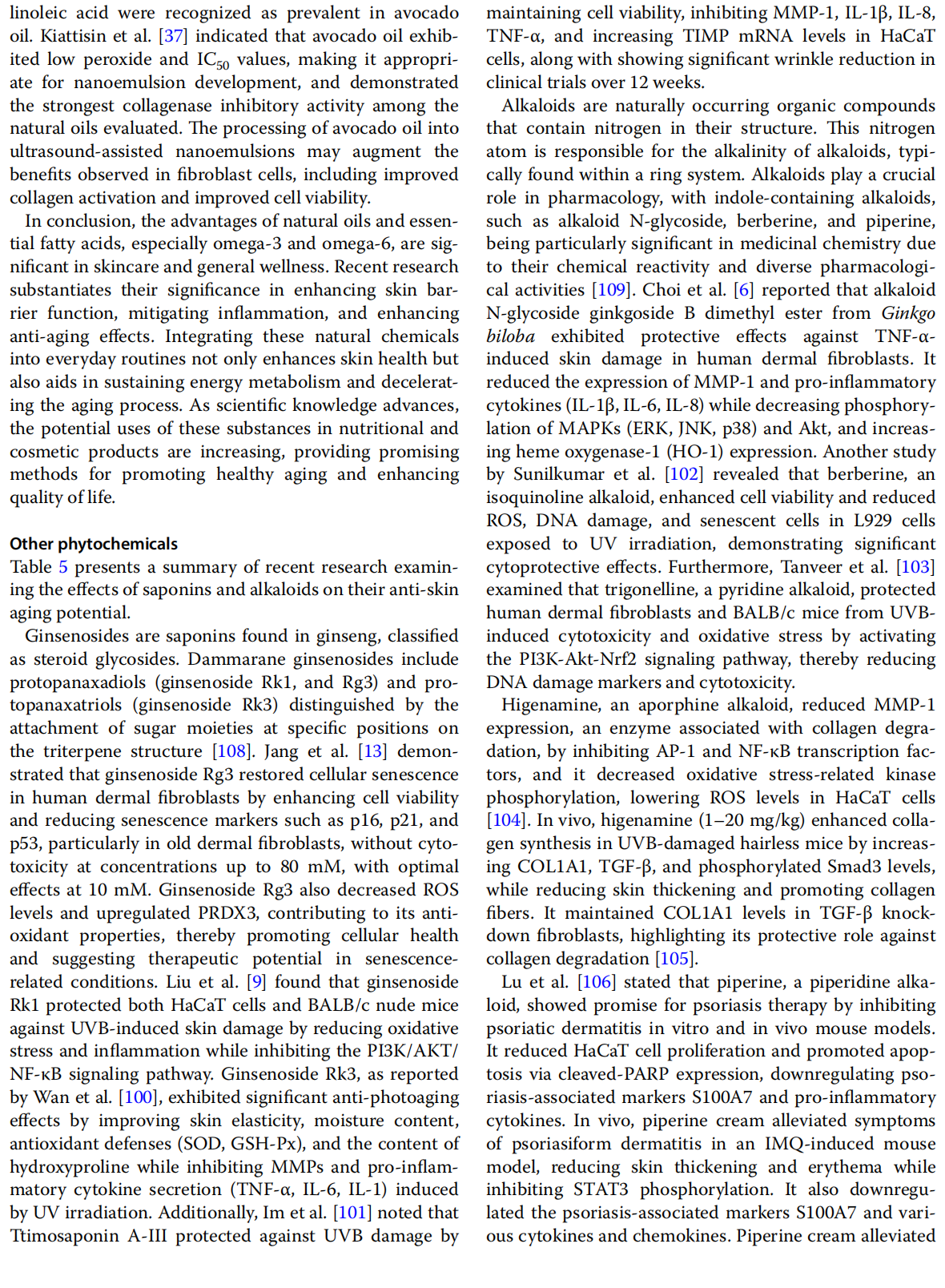
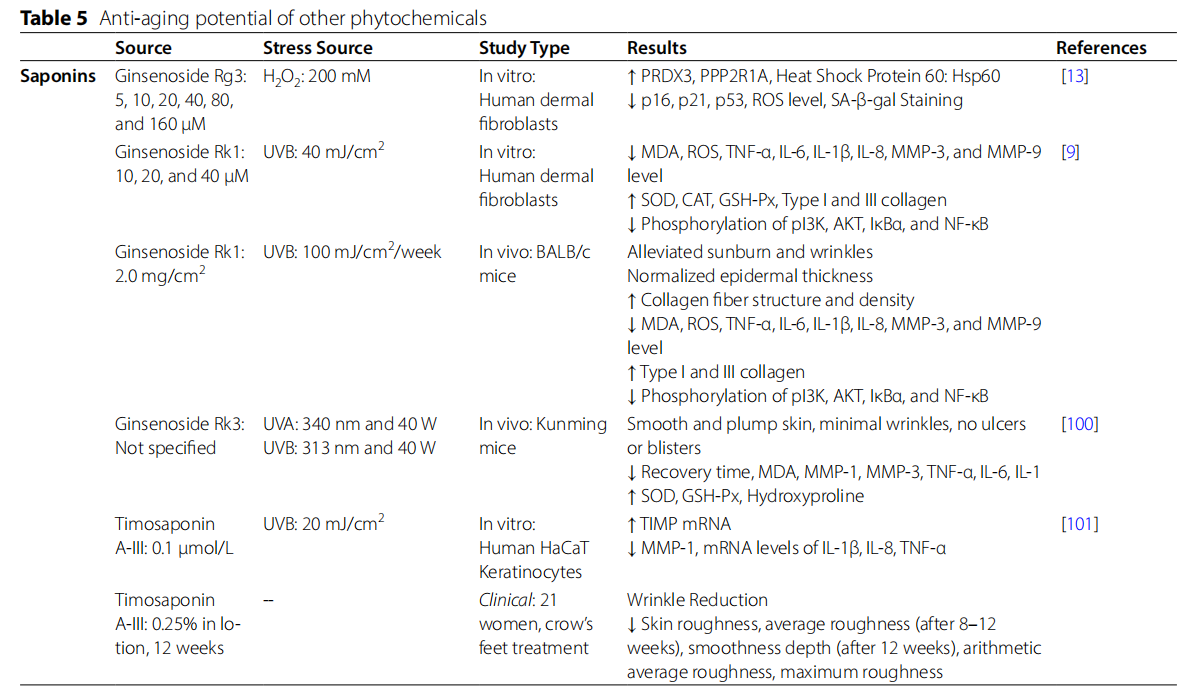
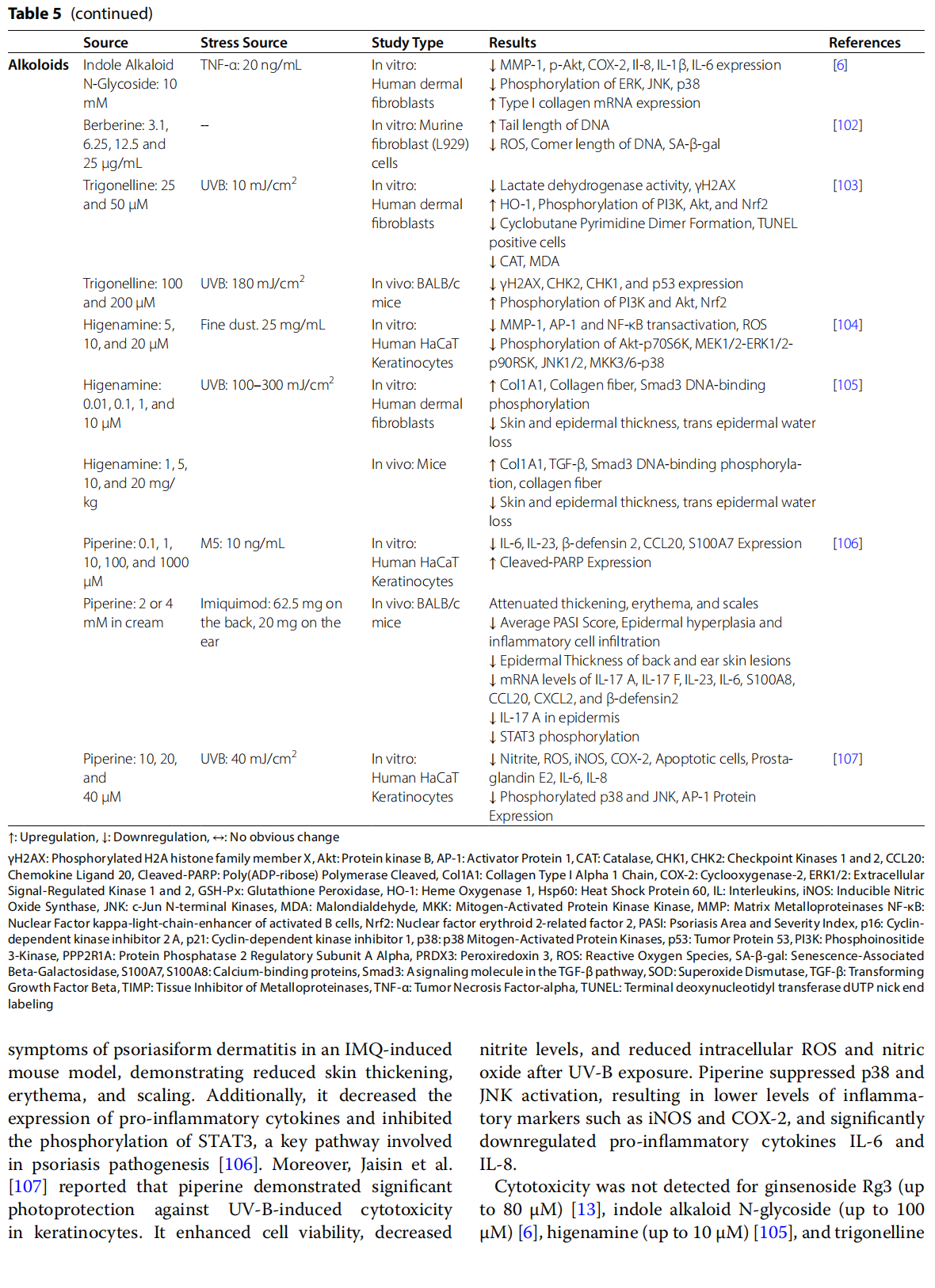
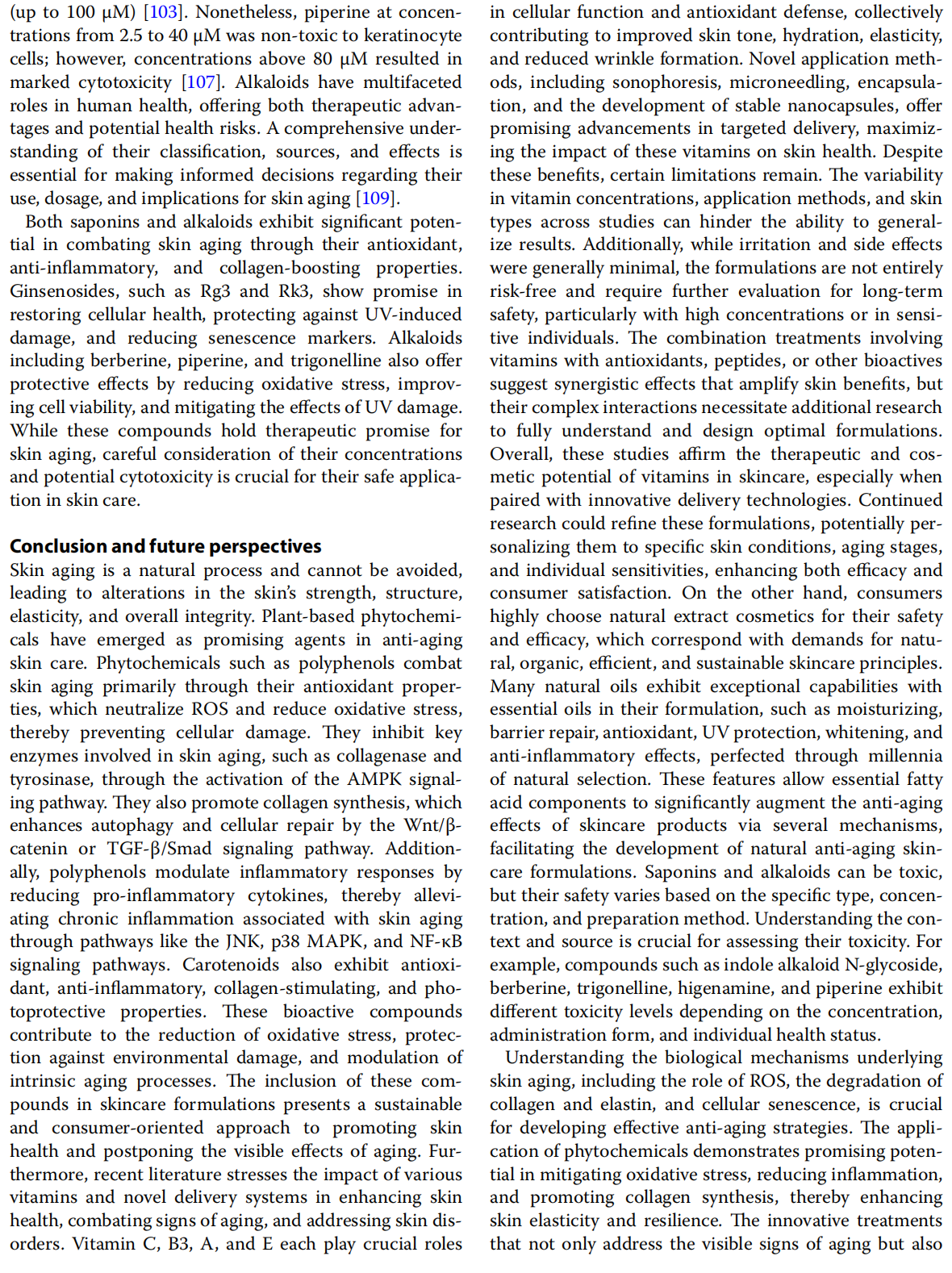
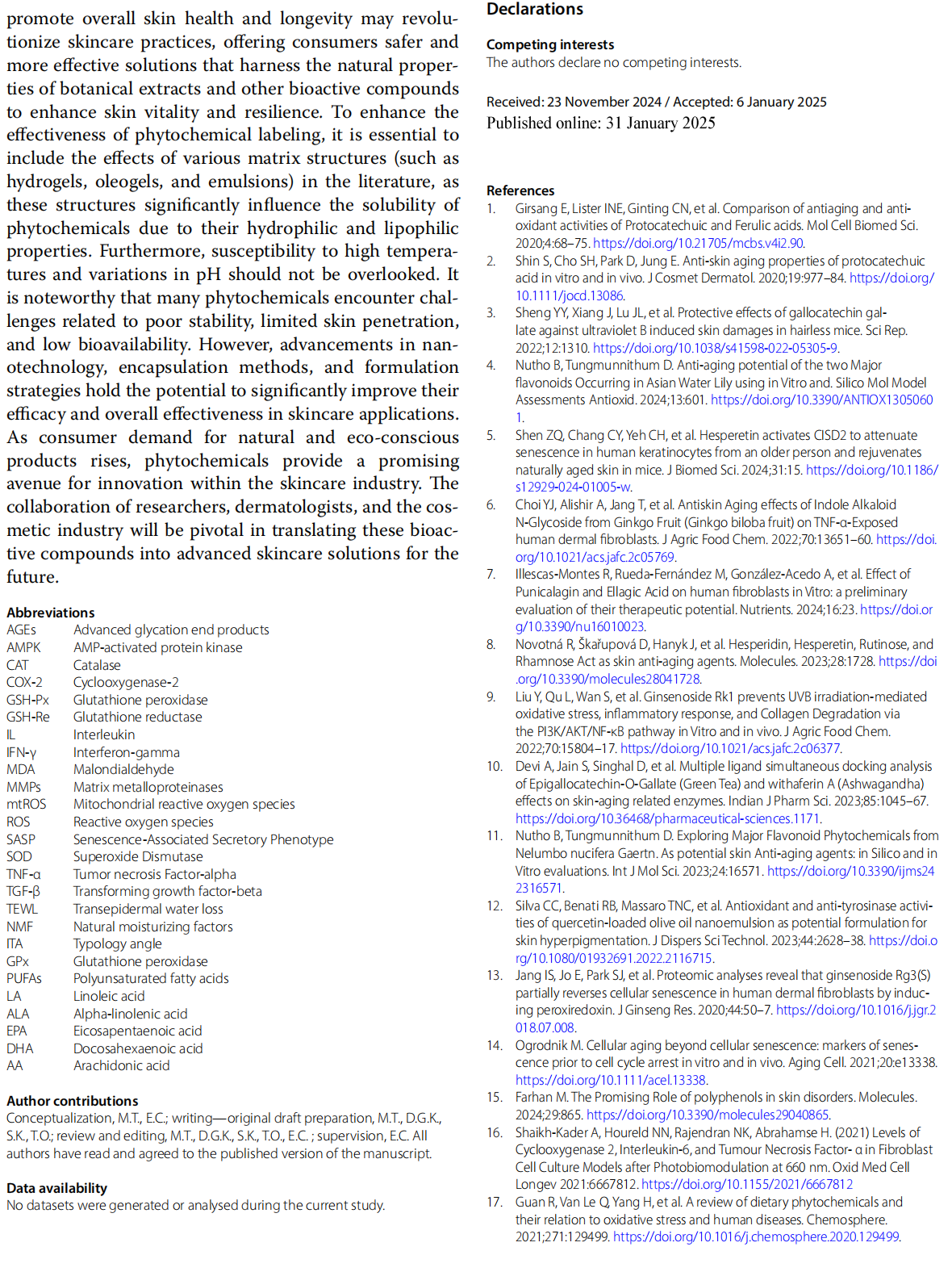
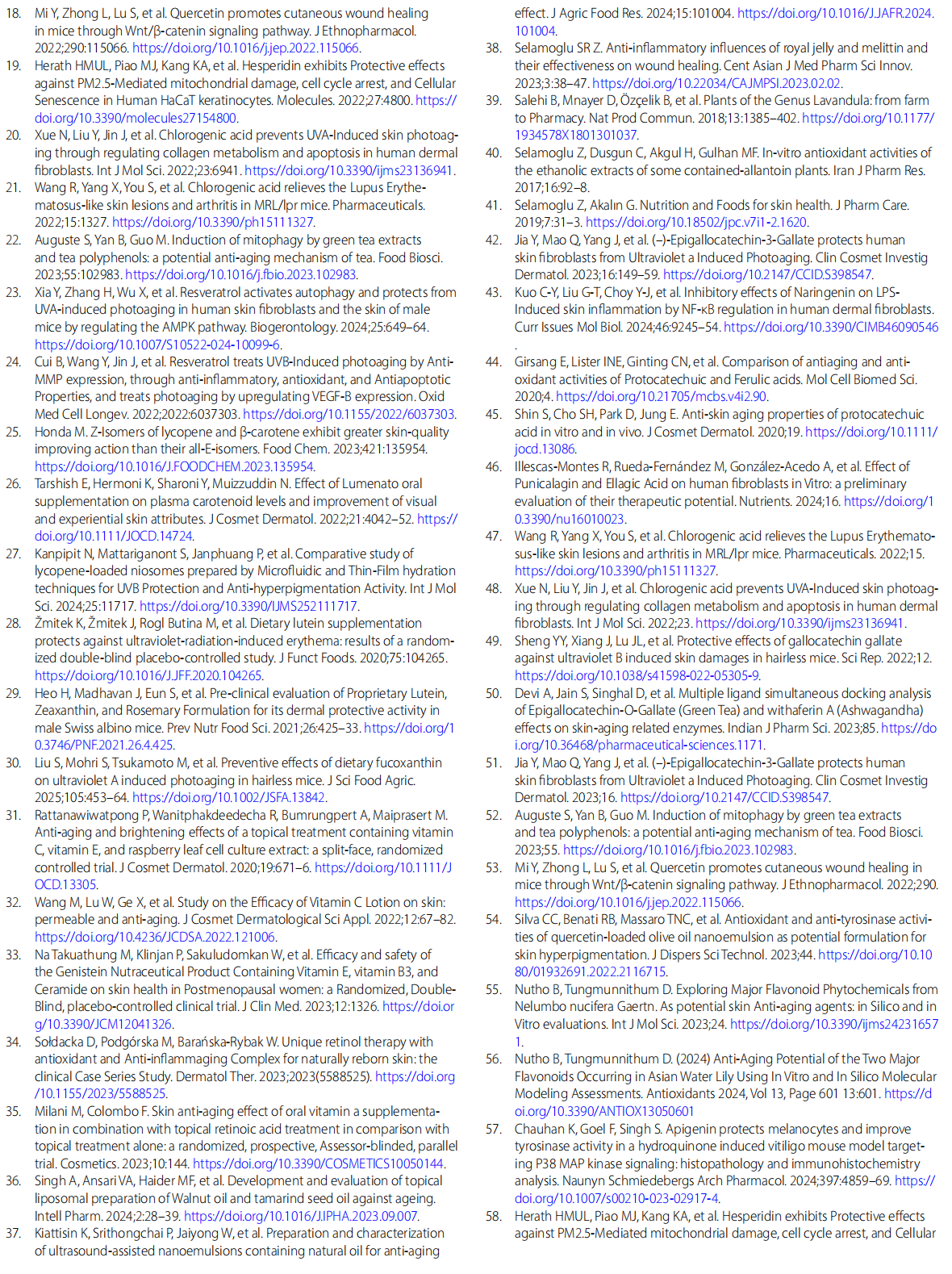
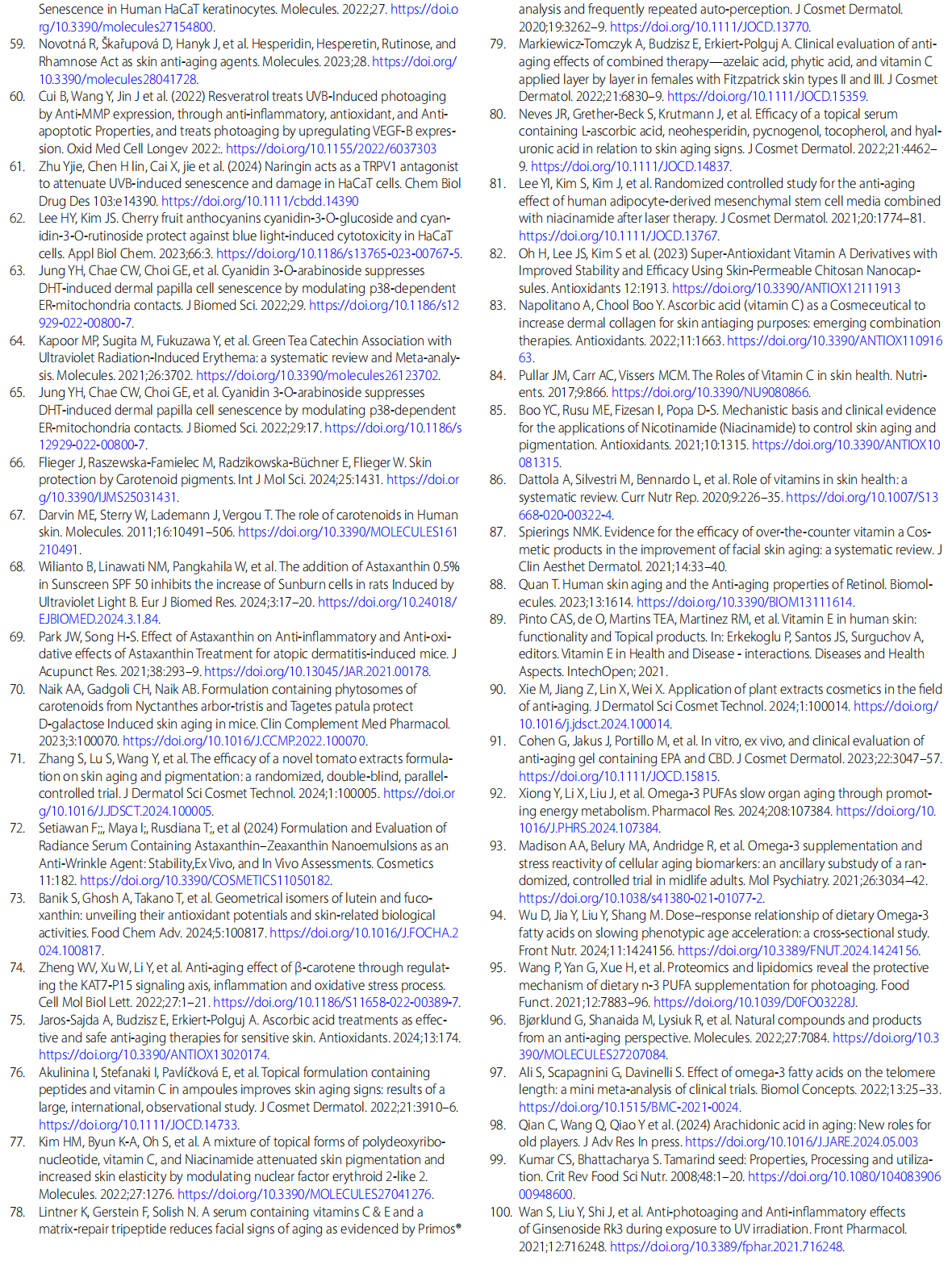
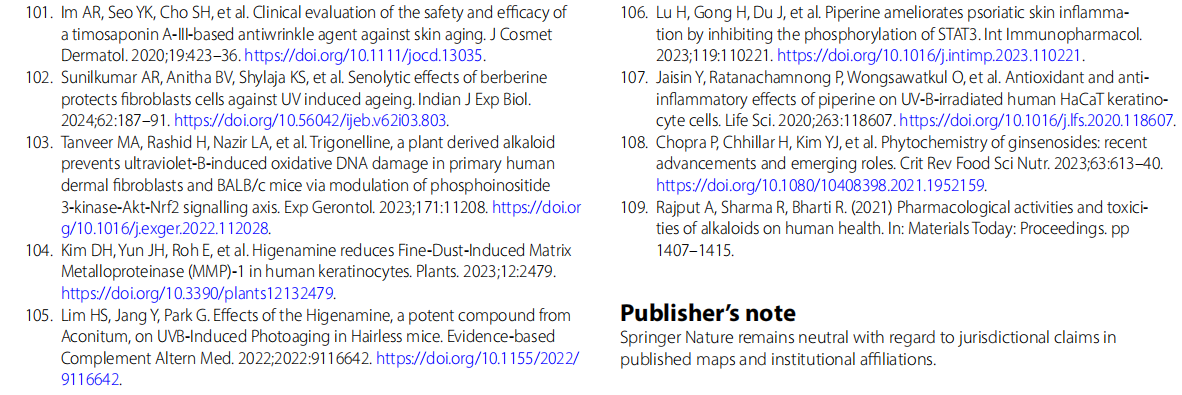
This article is excerpted from the Immunity & Ageing by Wound World.
